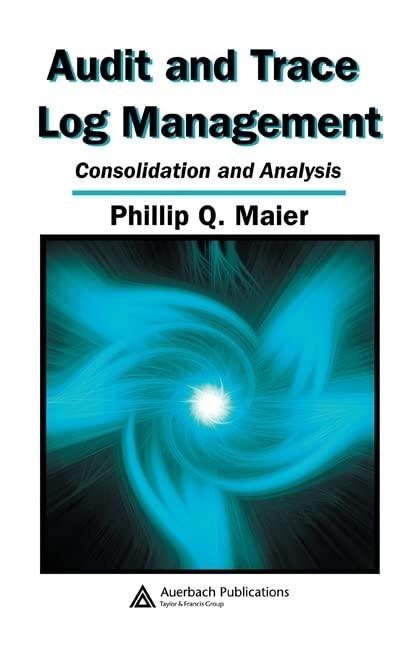The second task is to analyse the feasibility of replacing one of its old production lines with a new one of a more advanced technology. This is the production line of its most popular skin-care products, and accordingly the operation department is recommending this project as they expect the new technology will have a considerable positive impact on productivity and accordingly on sales. The new production line will cost $3.6M and is expected to have a salvage value in 6 years for $750K. The existing production line was bought 2 years ago for $1.2M, and can be sold today at a market value of $400K. If not sold now, this old machinery is expected to have a salvage value of $100K in 6 years. The project is expected to generate sales in year 1 for $4.2M and thereafter sales are forecasted to grow by 4% a year for the coming 6 years. This is as opposed to the current production line which was expected to generate $3.5M of sales next year and grows by 2% for the coming 6 years. Manufacturing costs are the same under both production lines. The new projection line requires an initial investment in working capital of $400k. Thereafter, working capital is forecasted to grow at the same growth rate of revenues of 4%. CCA rate is 20%, and since this equipment will be purchased after January 2019, then the accelerated investment incentive (All) can be applied. The third task is to try to work on reducing the company's cost of capital. During the last board meeting, it was discussed that the company is currently adopting a conservative leverage policy (with a debt-equity ratio of 0.3) and that there could be a room to grow the company's debt. Steve argued that the company can tolerate adding up more debt to its capital structure up-to a debt-equity ratio of 0.6. He was asked to analyse the impact of this suggested change in capital structure on the company's overall weighted average cost of capital. The company currently has debt in the form of a 7.5% semi-annual bond issue outstanding with 15 years to maturity. The bond currently sells for 95% of its face value of $1000. Also note that: The company's cost of capital = 12% The risk-free rate = 2% The market portfolio has an expected return of 9% The company has a beta of 1.74. The tax rate = 40% The second task is to analyse the feasibility of replacing one of its old production lines with a new one of a more advanced technology. This is the production line of its most popular skin-care products, and accordingly the operation department is recommending this project as they expect the new technology will have a considerable positive impact on productivity and accordingly on sales. The new production line will cost $3.6M and is expected to have a salvage value in 6 years for $750K. The existing production line was bought 2 years ago for $1.2M, and can be sold today at a market value of $400K. If not sold now, this old machinery is expected to have a salvage value of $100K in 6 years. The project is expected to generate sales in year 1 for $4.2M and thereafter sales are forecasted to grow by 4% a year for the coming 6 years. This is as opposed to the current production line which was expected to generate $3.5M of sales next year and grows by 2% for the coming 6 years. Manufacturing costs are the same under both production lines. The new projection line requires an initial investment in working capital of $400k. Thereafter, working capital is forecasted to grow at the same growth rate of revenues of 4%. CCA rate is 20%, and since this equipment will be purchased after January 2019, then the accelerated investment incentive (All) can be applied. The third task is to try to work on reducing the company's cost of capital. During the last board meeting, it was discussed that the company is currently adopting a conservative leverage policy (with a debt-equity ratio of 0.3) and that there could be a room to grow the company's debt. Steve argued that the company can tolerate adding up more debt to its capital structure up-to a debt-equity ratio of 0.6. He was asked to analyse the impact of this suggested change in capital structure on the company's overall weighted average cost of capital. The company currently has debt in the form of a 7.5% semi-annual bond issue outstanding with 15 years to maturity. The bond currently sells for 95% of its face value of $1000. Also note that: The company's cost of capital = 12% The risk-free rate = 2% The market portfolio has an expected return of 9% The company has a beta of 1.74. The tax rate = 40%








